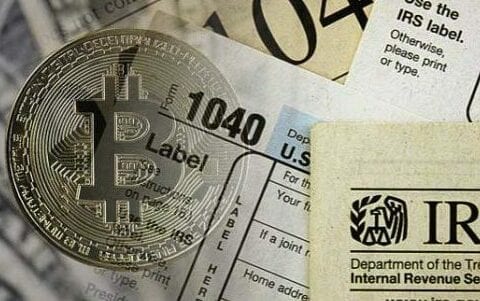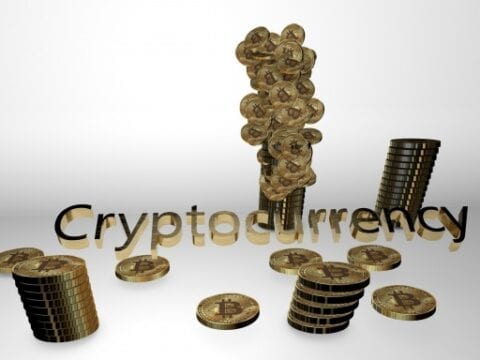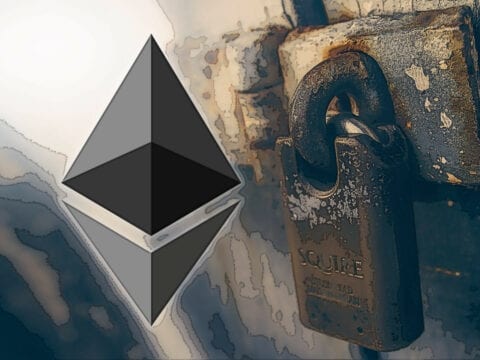
Blockchain technology and cryptocurrencies represent new thoughts on money, currency, and finance. A huge one is the reintroduction of sovereignty over money and currency. Citizens of less developed countries have many restrictions to overcome when getting access to the global economy.
For a low- medium developing country with a small population, it is not financially feasible for a bank to offer services to the majority. Fewer tools are available then for growth and development. Governments and private corporations now have a system to connect remote communities to the global economy and the advanced tools readily available to citizens of highly developed countries.
The Bahamas Central Bank Digital Currency (CBDC) Called Sand Dollar
The Bahamas have proven that this new approach can and will work by blending the traditional financial sector with the latest version of Money Over IP (MOIP) in the form of an official Central Bank Digital Currency (CBDC) called Sand Dollar.
What Are CBDCs?
A CBDC is a form of e-money/digital money that is issued by the central bank of a country and represents a liability on that bank’s ledger. CBDCs are accepted as a form of legal tender which can be used to settle a debt and make other forms of payment.
The E-Dollar vs. The CBDC
For retailers, a digital dollar is nothing new-evidenced by the rise of e-commerce. The issues come on the back end as it relates to settlements. There are many intermediaries between the payer and payee due to systemic restrictions. These all slow down the speed of transactions and are very expensive to both payer and payee.
Since the 90s, many countries have been testing out e-payment solutions for their populations. Finland in the early 2000s, Ecuador, and most recently in Venezuela via the Petro, all have tried and failed for multiple reasons.
In Finland’s case, the platform did not get much public buy-in due to limited access and difficulty in use. The population chose not to use it.
In Ecuador, they already had difficulty establishing a stable currency. One by-product is their entire economy becoming reliant on the USD for local and international trade. Therefore, their e-dollar could not be used.
The Venezuelan rulers are not trusted due to their handling of civil unrest. As such, the Bolivar and the Petro are not accepted by anyone outside of the Venezuelan regime.
A CBDC is a stand-alone digital asset designed to fit into the current monetary system seamlessly. With CBDC’s, a mobile communications system can be used in the space of a physical bank branch as everything now becomes truly integrated and electronic.
Hence the massive success that is The Bahamian Sand Dollar.
What Is the Sand Dollar?
The Sand Dollar is the latest update in the Bahamian Payments System Modernization Initiative (PSMI). It is a CBDC backed by the full faith of The Bahamas. It betters financial inclusion and access, making the domestic payments system more efficient and non-discriminatory in access to financial services.
Why Does It Work?
The intended outcome of Project Sand Dollar is that all residents in The Bahamas would have use of a central bank digital currency that resembles cash.
In The Bahamas, pockets are excluded from accessing banking. The island of Exuma mirrors most developing populations by being remote and having high mobile penetration. The likelihood is real that people would be willing to use digital payments.
Remember Those Services Banks Can’t Afford to Provide?
Well, due to the localization of most developing countries’ banks, they must use corresponding banking relationships to give access to the international community.
Compliance and Regulation

Due to the perceived higher risks, these relationships come at a high double cost. In addition to higher costs to access their services, onerous customer due diligence standards for AML/CFT are enforced.
Compliance or the inability to meet minimum compliance has also resulted in forms of exclusion. And this has gotten worse due to tighter “Know Your Customer” (KYC) systems being introduced.
The Sand Dollar has proven itself able to reduce transaction costs for businesses and consumers while meeting KYC/AML in a culturally sensitive way. An example is in the real-time settlement.
In card payments, the payment terminal checks the availability of funds for the transaction. The actual settlement takes place only in batch runs between banks, typically overnight. The new CBDC integration provides real-time settlement and in a couple of seconds- limiting the counterparty risks.
Learning from Finland, the system was designed after doing research and a public education campaign.
There are tiered accounts to meet the needs of remote populations.
There are low-value personal wallets, wallets that are equivalent to regular personal accounts, and higher wallets. Each has a different level of KYC/AML requirement.
The public buy-in and engagement furthers in Q1 of 2021. The onboarding of government services and public utilities is expected over the first and second quarters of 2021.
CBDCs give the central bank a different option to impact the economy by now interfering directly with the public as a deposit-taking institution bypassing commercial banks.
However, the Sand Dollar does not seek to disrupt the system in this manner but to extend it.
Financial intermediaries would be allowed to operate as sponsors of mobile payment wallets and are eligible to maintain clearing accounts with the Central Bank. Commercial banks, credit unions, money transmission businesses (MTBs), and payment service providers (PSPs) all now have a ready-made platform to offer new services to these local communities via their platform or the generic Sand Dollar app.
So far, four MTBs, three PSPs, and one commercial bank have been onboarded as Sand Dollar authorized financial institutions (AFIs).
As to security, Sand Dollar-integrated wallets are enabled with multi-factor authentication features. All mobile devices are required to support a device passcode or biometrics to access the app and complete transactions.
Although the anonymity feature of cash is not being replicated, the Sand Dollar infrastructure incorporates strict attention to confidentiality and data protection.
NZIA Limited is a Singapore-based software development company specializing in blockchain solutions. They are the experts contracted to deploy The Sand Dollar.
Commercial Bank Income from Fees
Commercial banks earn fee income that they charge for their products and services. These include:
- Wealth Management Advice
- Checking Account Fees
- Overdraft Fees
- ATM Fees
- Interest
- Fees on credit cards.
For most banks, the non-interest income provided by fees ranges from 6%-40% or their net operating income.
Banking institutions now have to adjust their business models as the education surrounding CBDCs invariably leads to Bitcoin and other cryptocurrencies.
Studies so far have shown that as persons get exposed, up to 30% eventually move into owning other forms of digital assets. Banks now have serious competition for the current and next generations of customers.
How Many Sand Dollars Were Minted?
As of Sept 25, $48,000 worth of Sand Dollars was minted valued at 1-to-1 USD. While small, the project puts The Bahamas ahead of China, Russia, and others who are all seeking to de-dollarize but in a way that still gives access to the global economy.
Just as with the use of BTC, world superpowers such as the USA, now have to consider that individuals will incorporate many forms of digital assets. Their use directly impacts seigniorage collected and the other typical monetary controls. But as this is the new era of finance, blockchain and cryptocurrencies will have to be studied and now governments work from the public out rather than from their perspective out to the population.
The Central Bank expects that all residents in The Bahamas will have equal and expanded access to modern banking and finance. While the future is not guaranteed, The Sand Dollar is set to be the world’s first working CBDC.





